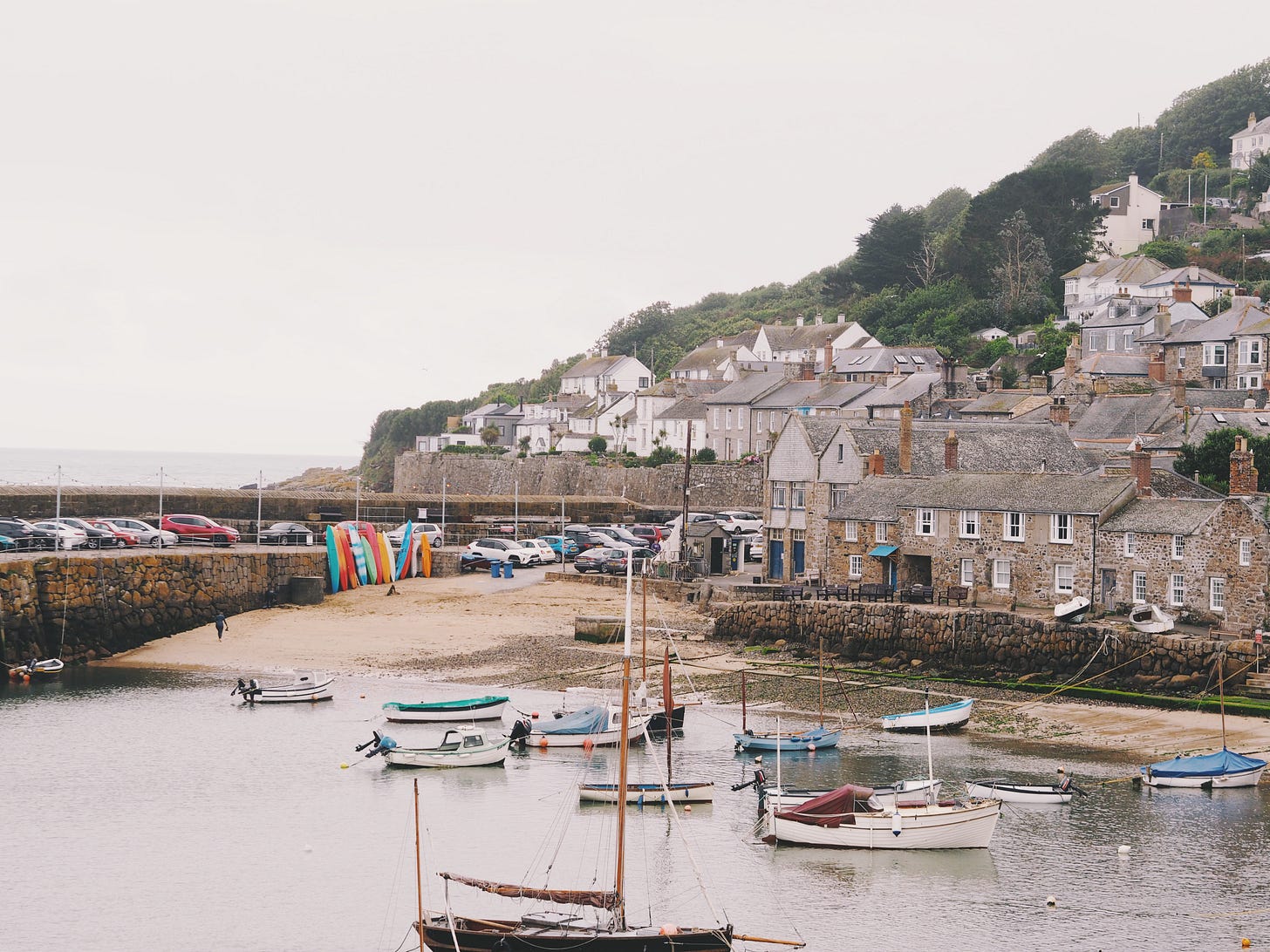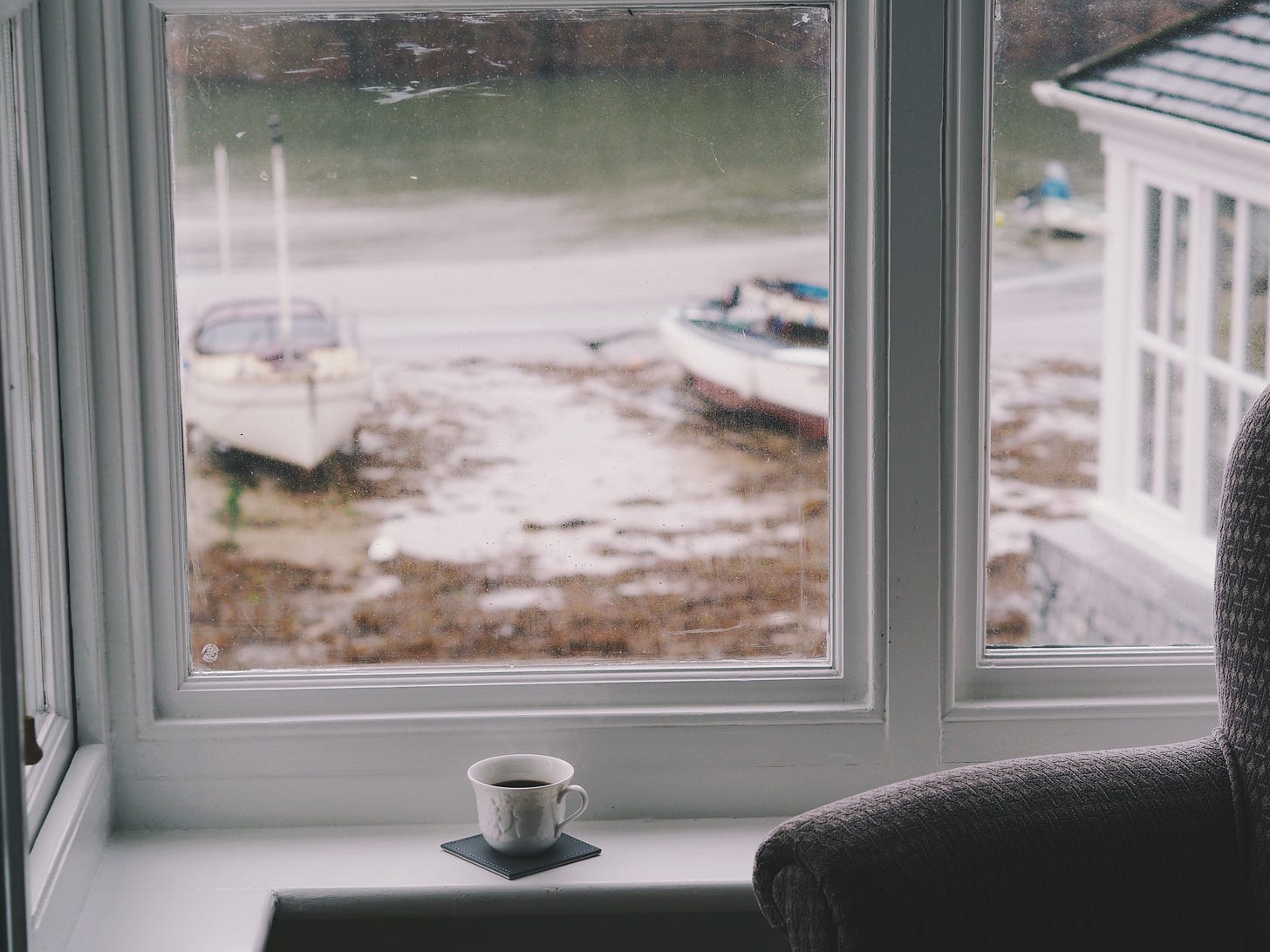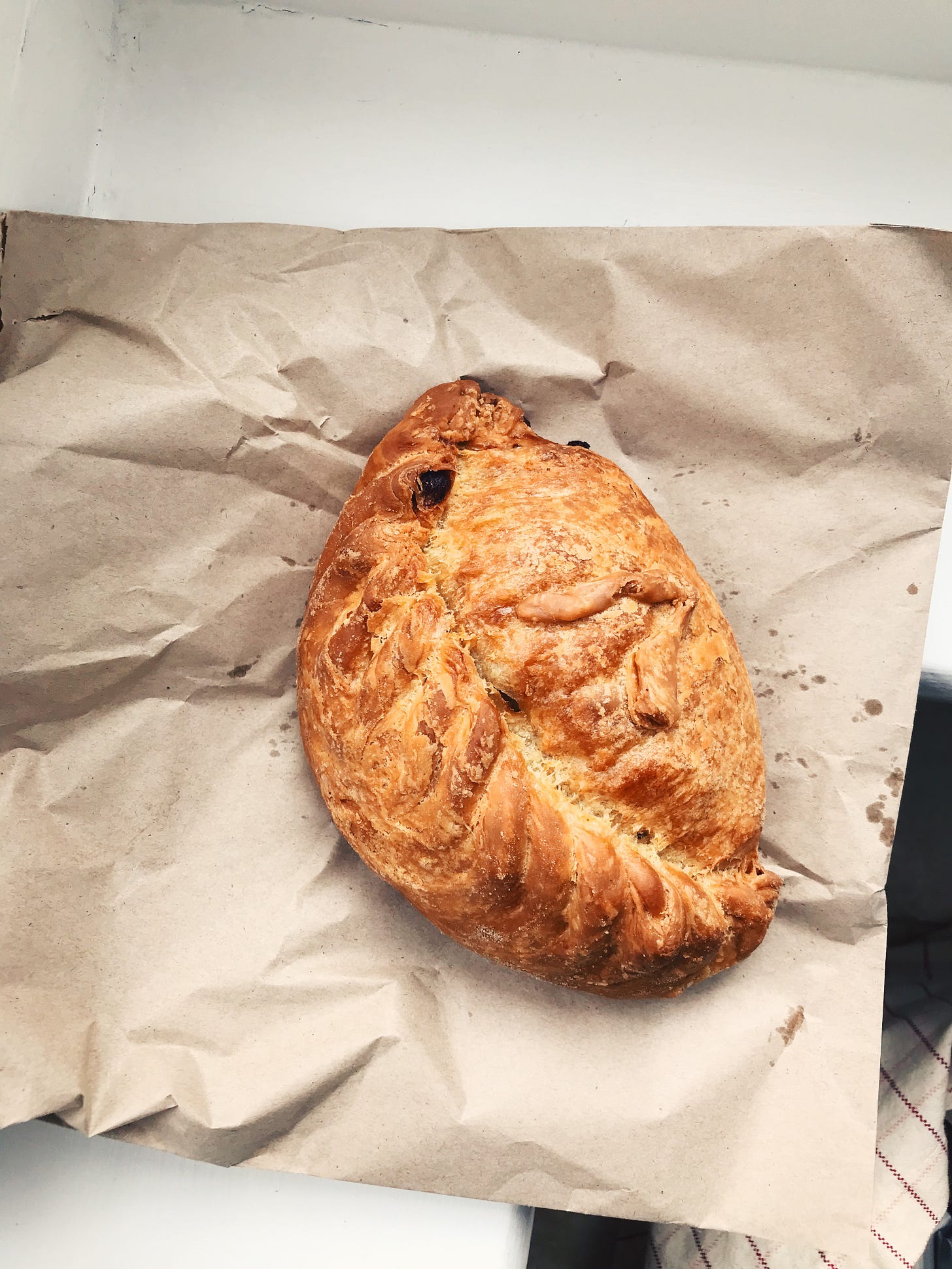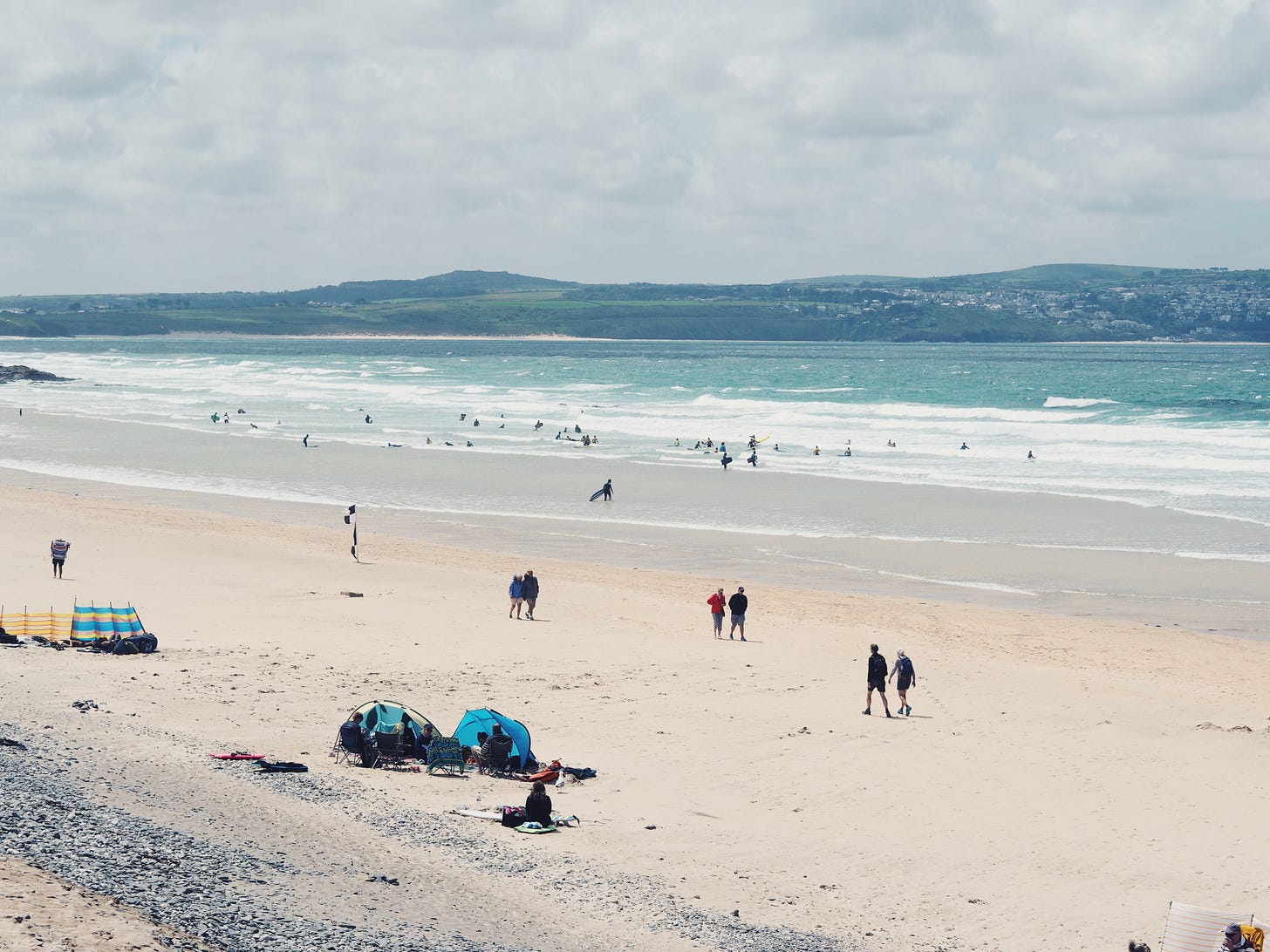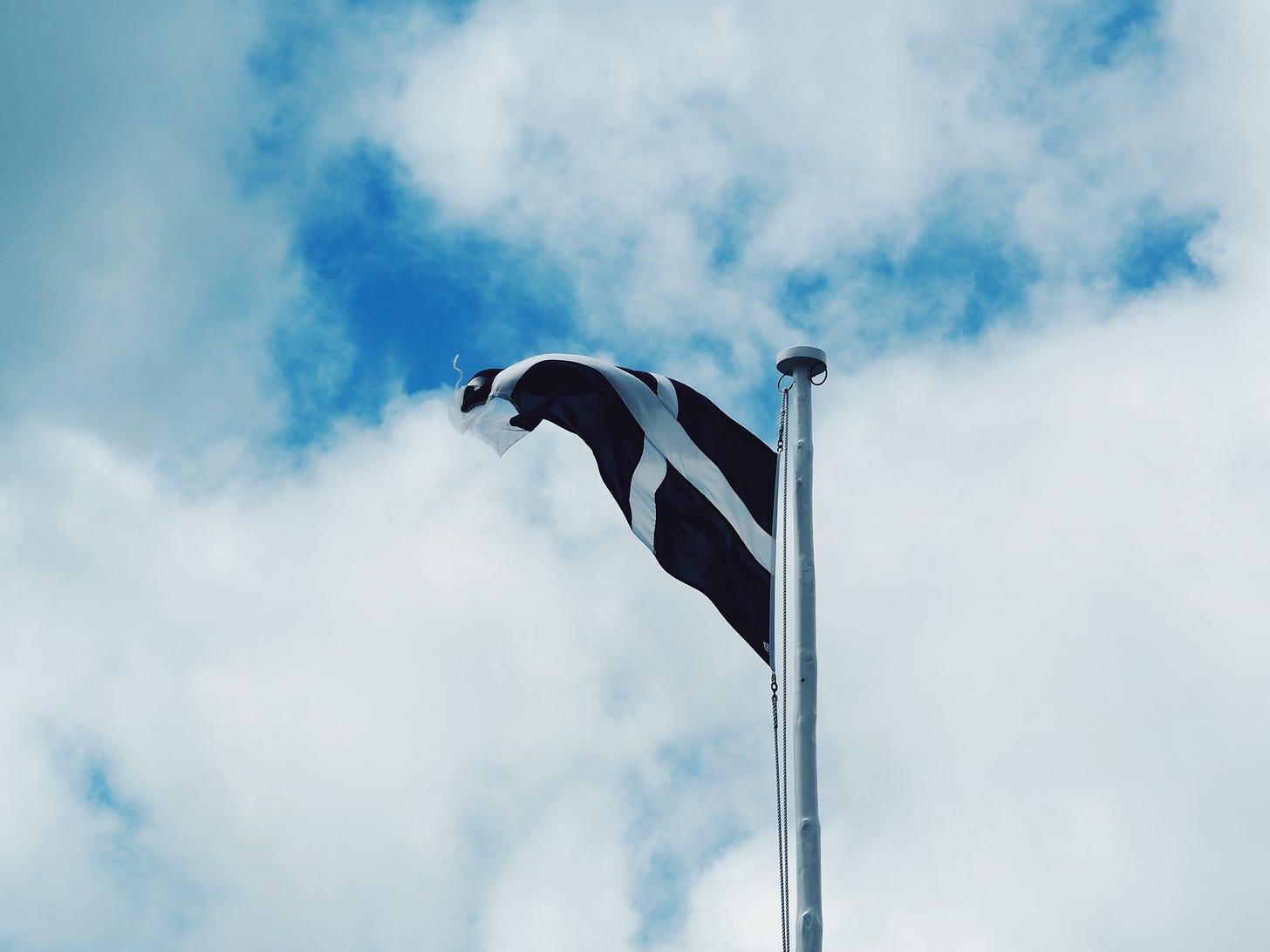29 December, 1807. A raging storm is closing in over the south west of England, battering Cornish coastal communities as they recover from the Christmas festivities. The treacherous stretch of coastline running between Mousehole & Penzance, which requires careful navigation even in good weather, is being pounded by surf and heavy, slanting rain. HMS Anson, on its way from Falmouth to support the blockade of Brest in the latest campaign of the Napoleonic Wars, becomes caught in a lee shore off Mount’s Bay. All the anchor cables snap and she is driven onto the shore; rolling uncontrollably in the rough waves, the mainmast snaps too, and the crew begins to be swept away as the ship succumbs to the waves. Hundreds of locals watch from the nearby cliffs, braving the darkness, poor visibility and pouring rain, but the sea is too rough to launch boats from either the ship or the shore. As the crowd watches helplessly, hundreds of desperate, drowning men — many of them press ganged — jump from the sinking ship to their deaths in the dark, swirling waters below. Their bodies, scores of them, will wash up on the shore over the coming days and weeks, and be buried namelessly and unceremoniously in unconsecrated ground.
-
The early morning is grey. I am awake early, thanks in part to the resident seagulls, who didn’t seem to rest all night but were particularly awake & active at dawn. I am walking along the harbour front in the cool morning air; the houses along the front are tightly packed & you have a clear view into the windows of every other house - bedrooms, kitchens, living rooms. An old man stands on the harbour front gazing out at the sea, hands in his pockets; he has a weather worn face & thick dark eyebrows, but breaks his reverie to say good morning to me as I pass by. The tide is out & the boats in the harbour are wedged in thick sand & seaweed, the harbour virtually dry. The seagulls perch on chimney pots along the narrow front, puffed up against the cold. There is a chill in the air, & the sea breeze & constant drizzle permeates every layer. It doesn’t take much to imagine the way the powerful waves must batter the harbour wall in such a storm, or the terror of the sharp cliffs and the driving rain. Nonetheless, a few brave people are on the beach in raincoats. A small barefoot child holds its mother’s hand & plods excitedly along, the wet sand squishing between their toes. Wet dogs bound along the harbour front, tails wagging. Brightly coloured paddle boards are propped up in a neat row along the harbour wall. Besides these few solitary figures, though, the streets are as still & as empty as the dawn itself. I savour the stillness, for it will not last long. During the day, Mousehole’s narrow winding streets will be jammed with snarling traffic and a steady stream of Range Rovers.
I wrote a little about Mousehole in my review of 2 Fore Street, but the place deserved a longer mention. No stranger to shipwreck and tragedy over the centuries, the waters off Mousehole’s coast are littered with the carcasses of unfortunate vessels. The narrative of the village itself is intricately bound up with the ebb and flow of the sea, and the life it has given or taken. On 19 December 1981, sixteen people drowned when the RNLI lifeboat the Solomon Browne went to the aid of a vessel who’s engines had failed in rough seas; eight of the dead were local volunteer lifeboatmen. In a small and tightly knit village, such a loss is not only a personal tragedy for the bereaved families, but a deep scar that cuts through the tissue of the community itself. You cannot spend time in Mousehole without encountering references to it.
Like many coastal communities, Mousehole’s story is a story of the ebbing and flowing of the tide. Historically, it was subject to the vagaries of the landscape; the constant and pervasive threat of the sea was not restricted to shipwreck, either. In 1595 the Spanish invaded & burnt the town to the ground in a botched attempt at a national invasion, and possibly as a reprisal for the destruction of the Armada seven years earlier - Keigwin Manor was the only building to survive, and remains to this day. Smugglers made heavy use of the local caves over the years, rowing far out into the channel under cover of darkness to exchange contraband with their French counterparts. But the sea brought life and income too; references to Mousehole as a fishing port date back to the 13th century, and at its peak Mousehole was a vibrant, crowded, bustling fishing community, which in turn fuelled the secondary industries like shoemaking. At one time, most of the houses in the village had cellars for drying fish and collected the run-off oil to sell as a byproduct - such oil once lit the gas lamps of Victorian London. And for every tragic story of shipwreck, the local area has an equally strong lifesaving heritage. One of the men who witnessed the harrowing wreck of HMS Anson from the cliffs above, Henry Trengrouse, would later invent several early lifesaving devices such as an early breeches buoy. In 1920, locals saved the lives of the entire crew of the SS Ansgir — one of the saved crew members later married the lifeboat coxswain’s daughter. The couple’s great grandson was one of the men to drown on the Solomon Browne in 1981. Such is the circular dance of the land and the sea.
Today, though, the village is grappling with a different kind of tide - the steady flow of tourists and second-homers who have slowly but surely come to claim Mousehole as their own. 70% of the properties in the village are holiday rentals, and the other 30% are mostly owned by people who didn’t grow up in the community, and many are not inhabited full time. In a scene that is being played out up & down Britain, the locals in a spot that has become trendy for its picturesque image and proximity to the sea are being priced out of their homes. The tiny, if charming, harbour-front AirBnb I stayed in was on the market for £1.2 million. One local guide I spoke to, Mousehole born and raised, now lives in Penzance, and doesn’t know anyone from her childhood who still lives in the village. As galling as it is, she admits that the area is completely dependent on tourism. The fishing industry, once the heart & soul of Mousehole, has been in decline since the 1970s. Only 3 of the boats in the harbour are active fishing vessels now.
For all that is written about how idyllic the place is, at times this dynamic makes the village feel sterile, almost museum-like, and sad. People come to see a quaint fishing village, but little that is authentic remains; for the most part, they just find more tourists like themselves, and gimmicky gift shops and tourist excursions packaged up to milk this nostalgia for an older way of life. Not that the place isn’t beautiful; it is exceptionally so, and its beauty alone would justify a visit. Equally, it has not gone the way of Land’s End, and become tacky and sickeningly commercialised; the place retains its classic elegance and charm, so it is not hard to understand why it is such an alluring destination for a domestic holiday.
There is also plenty to do in the local area. The South West Coastal Trail offers all the scenic walking you could desire, although be warned that the council hasn’t done much to keep the hedgerows trimmed throughout the pandemic, so many of the routes are perilously overgrown. There’s surfing, paddle boarding and swimming if you like being in the sea (although a wetsuit is recommended, even in summer). St Michael’s Mount, a nearby tidal island with an equally long and colourful history, is well worth a visit. For food and drink there is an abundance of choice - 2 Fore Street (review here), the Hole Foods Deli and the Rockpool Cafe are some of the favourites in Mousehole itself, but the surrounding area is equally well supplied.
What does the romanticisation of a Cornish fishing village, where the primary industry has died and the locals have left, speak of more generally? What does it tell us when the homes of yesteryear’s miners and fishermen sell for seven figures, or their diets become haute cuisine? Why do we pay so much in search of a way of life that now only exists in a way that is pre-packaged and manufactured for tourists? Why do we feel nostalgia for a way of life that was hard, hungry, and at the uncontrollable mercy of the earth, wind and sea — but as rhythmic as the tide?
I can only imagine that it’s because in places like Mousehole, life can feel simpler, slower, more charming, and — when you study its history — infinitely more fragile.
—
Currently…
Eating: a whole lot of ice-cream
Enjoying: the Sibling Distillery “Four Seasons” gift set I picked up at Stroud Farmers’ Market a few weeks back





